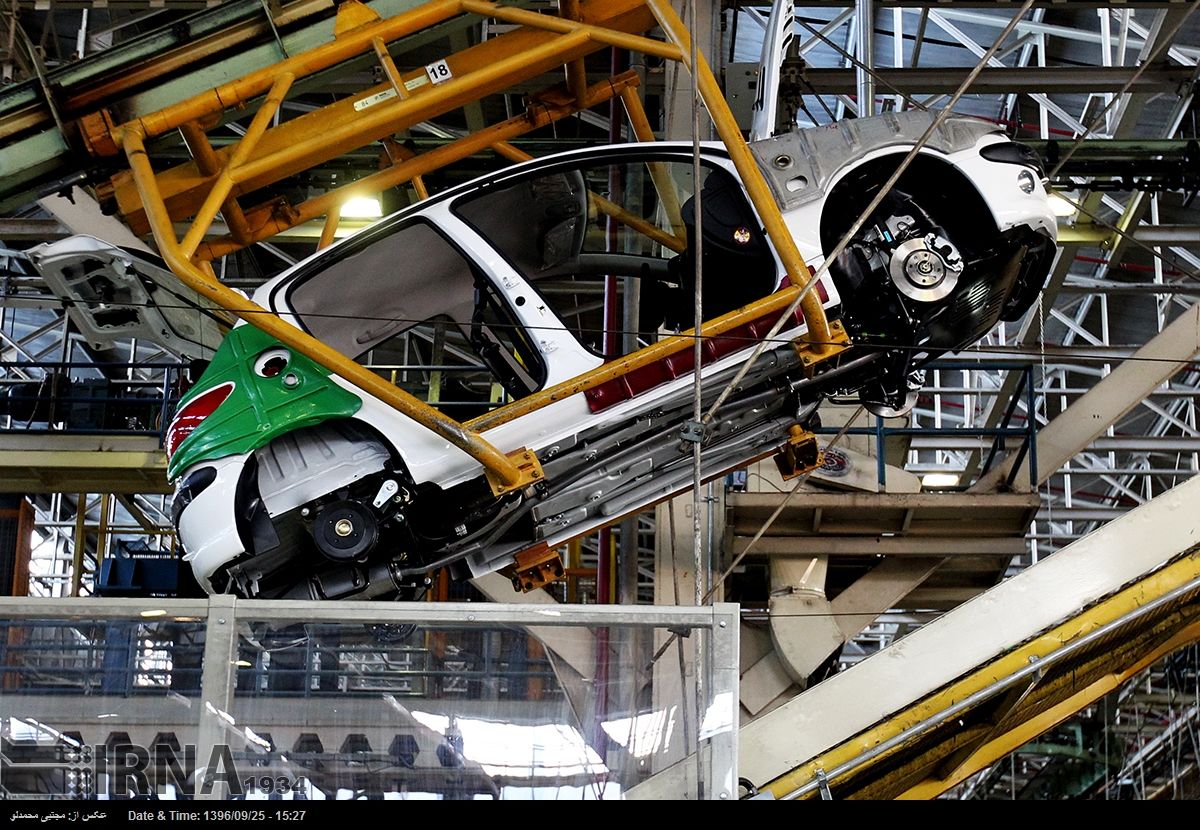
Since the beginning of the Iranian fiscal year, i.e. within the past eight months, the two largest automakers in Iran, Saipa and Iran Khodro have pre-sold their products three and two times respectively.
While the statistics show that their production has decreased for the past five months, experts are wondering how the two companies are going to meet the supply of new orders.
During the pre-sale procedures, Saipa and Iran Khodro have sold 270,000 and 77,1000 automobiles respectively.
By the return of the US sanctions in August, the automakers struggle to find the auto-parts needed to complete their vehicles. Donyaye-Eghtesad writes that although it would have made sense not to take new orders while a manufacturer cannot finish its previous orders, it seems that the Iranian automakers have chosen another way.
Though Saipa and Iran Khodro are both private companies, by name, the Government keeps a considerable and managerial share at both of them. This suggests that the two companies have been somehow forced to pre-sale their products in order to help the government to keep the automobile market calm.
While the exchange rate has been rising over the past year, people rushed into various markets for investing their capital and keep it away from fast devaluation. Demand at auto market rose quite fast and pushed the prices very high.
The two automakers announced pre-sales of their products to absorb this capital from the market and prevent further rise in prices.
On the other hand, the automakers in Iran have lots of debts toward the auto-part makers. This is another headache for them. If with the money of pre-sold cars, they manage to clear some of their debts, they might be able to receive new parts to finish their vehicles.
However, the risk remains that if delivering these sold autos take too long, people might want their money back and leave the contract. In that case, the two giant automakers in Iran may face serious new problems.



